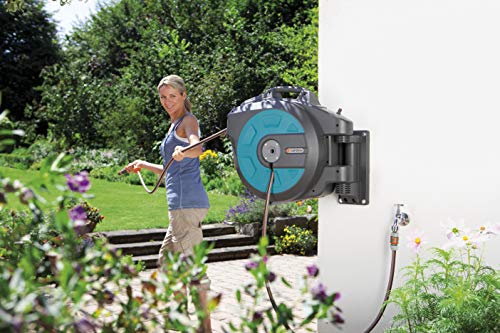Pressure washers come in handy after soap, detergent, water, and scouring have failed to take off tough dirt and grime. It is a go-to device for cleaning and restoring surfaces to their former look.
You can save time and energy using a High Pressure washer because the high-pressured water can quickly remove dirt from all kinds of surfaces, including vehicles, driveways, patios, hardwood floors, and so on. Whether it's grease, tar, wax, dried mud, or rust, a pressure washer will help you get rid of it in no time.
However, it's not just about owning one of these machines. It is equally essential for you to know how pressure washers work so you can handle one effectively. If you're not familiar with how they work, you've come to the right place! Please stick with us to learn more.
How Does a Pressure Washer Work?
A simple way to understand a pressure washer is to see it as an air compressor and water hose combination. The machines pressurize regular water and shoot it out through the nozzle.
To pressurize the water, pressure washers are fitted with electrical or gas-powered motors that power a pump. The pump accelerates the water supplied by a water hose to build up the pressure. On the other end of the pressure washer is a high-pressure-rated hose designed to handle the pressure the machine creates.
The tip of the heavy-duty hose is fitted with a water gun with a trigger mechanism. When you pull the trigger, the water mixes with air and comes out of the nozzle in a powerful water jet.
Pressure washers pack a lot of power to blast tough dirt and debris off with water that has more than 100 times the pressure of air or a regular gardening hose. Also, they can be used for other light work. You have to adjust the pressure valve to fit the activity you have in mind.
The power of these machines is measured in Pounds per Square Inch (PSI) which measures the force of water within the small targeted space, or Gallons per Minute (GPM) which translates to how much water the pressure washer sprays in a minute.
Basic Principles of How Pressure Washers Work
One way to understand how pressure washers work is to break it down into five simple processes:
- Detergent or Soap flows through a hose from a container or bottle.
- Water flows into the water pump from another hose connected to a water source (tap).
- A gas or electric motor powers the washer's pump mechanism.
- Once the pump runs, it draws water and detergent from the different hoses and mixes them. Also, pressure washers can heat the liquid mix to temperatures within 50-70°C.
- When you squeeze the trigger mechanism on the trigger gun, it shoots a jet stream of hot, soapy water. However, the pressure and spray pattern depends on the nozzle attachment you're using. Narrower nozzles translate to higher water pressure. This high-pressure mechanism also helps you save more water than if you use regular low-pressure tap hoses for cleaning.
Conclusion
Pressure washers are one of the game-changing innovations for outdoor cleaning. They are convenient and useful for various surfaces and different types of dirt. A high pressure washer can save you money, time, and labor. We hope this article has given you a clearer idea of how these tools work.


